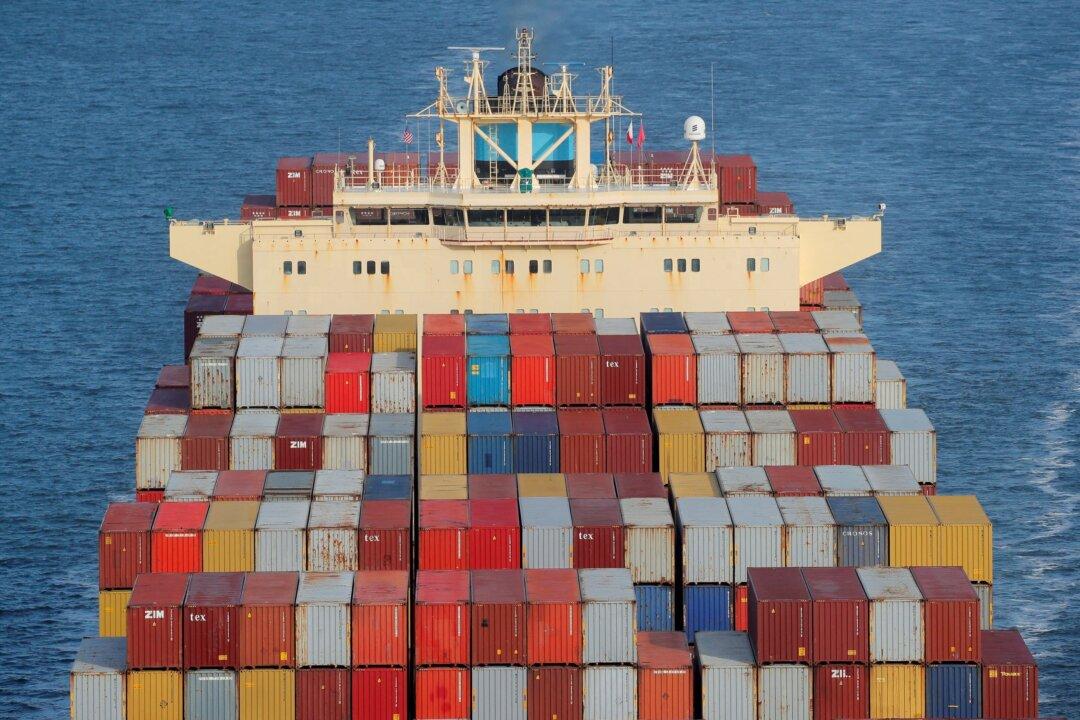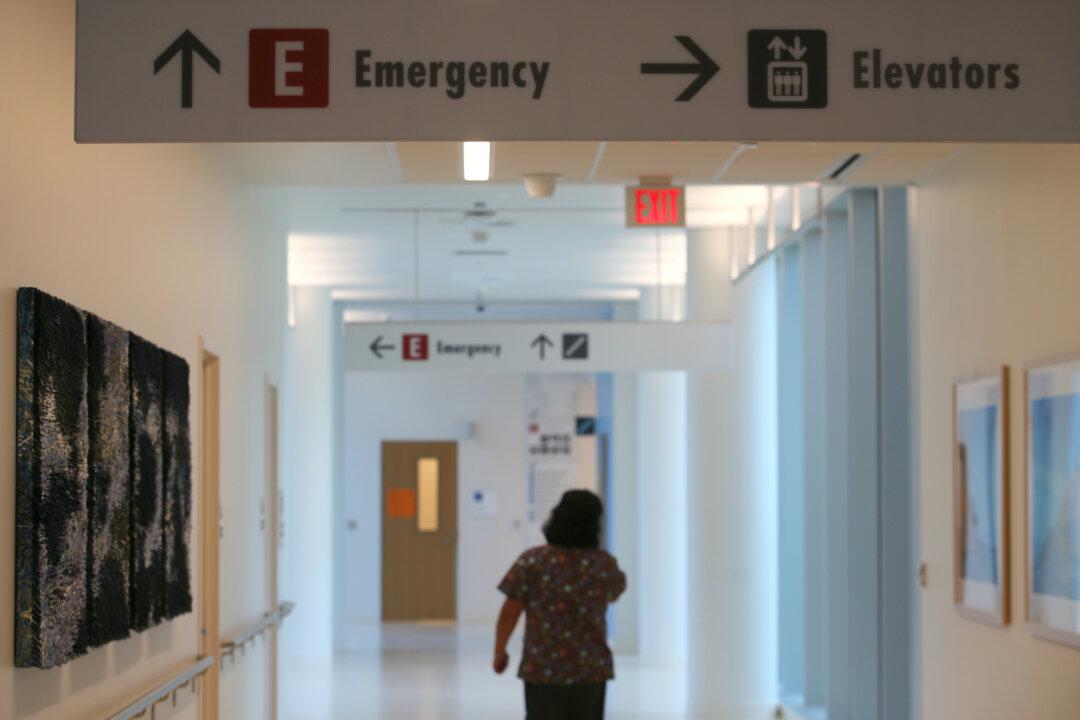BRUSSELS—Global trade bottlenecks are more the result of demand spikes than supply chain snags, with pressure likely to ease in the coming months, the World Trade Organization’s chief economist said on Monday.
The WTO had thought in October that demand for goods would slow early in 2022. However, that was before the Omicron variant of coronavirus led to curbs on activity, including the postponement of the WTO’s ministerial meeting.





